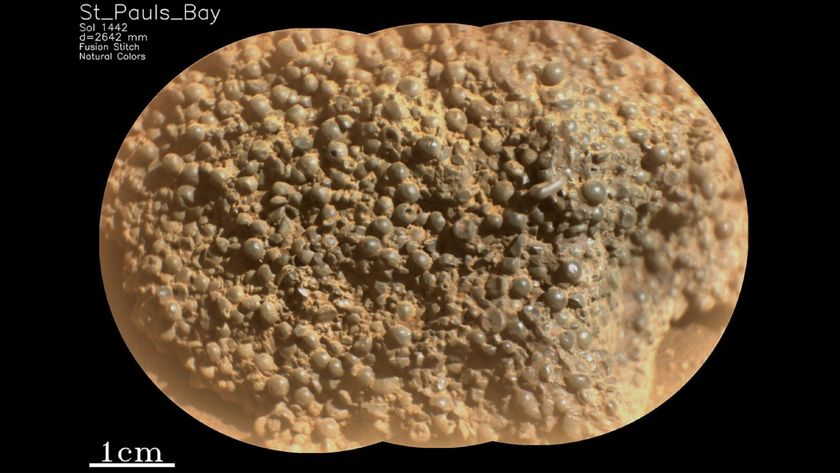Tomorrow's Tires Made Partly from Trees?
The fibers in trees could be useful addition to car tires down the road, a new study suggests.
Microcrystalline cellulose can be made from any plant fiber, researchers say, and it could partly replace silica as a reinforcing filler in the manufacture of rubber tires. Tests find the tires would be cheaper to make, resist heat buildup better, and save fuel.
But more research is needed before any trees will be in your tires, the researchers said.
"We were surprised at how favorable the results were for the use of this material," said Kaichang Li, an associate professor of wood science and engineering at Oregon State University. "This could lead to a new generation of automotive tire technology, one of the first fundamental changes to come around in a long time."
Cellulose fiber has been used for some time as reinforcement in some types of rubber and automotive products, such as belts, hoses and insulation – but never in tires, where the preferred fillers are carbon black and silica. Carbon black, however, is made from increasingly expensive oil, and the processing of silica is energy-intensive, according to Li and his colleague, graduate student Wen Bai. Both products are very dense and reduce the fuel efficiency of automobiles.
In the study, the researchers replaced up to about 12 percent of the silica used in conventional tire manufacture with the microcrystalline cellulose. This decreased the amount of energy needed to compound the rubber composite, improved the heat resistance of the product while also retaining the strength tires need.
Traction of the new product was comparable to existing rubber tire technology in a wet, rainy environment. At high temperatures such as in summer, the partial replacement of silica decreased the rolling resistance of the product, which would improve fuel efficiency of rubber tires made with the new approach.
Sign up for the Live Science daily newsletter now
Get the world’s most fascinating discoveries delivered straight to your inbox.
The findings were published in the journal Composites Part A: Applied Science and Manufacturing. More research and commercial development could be undertaken by a manufacturer if desire, Li said.












